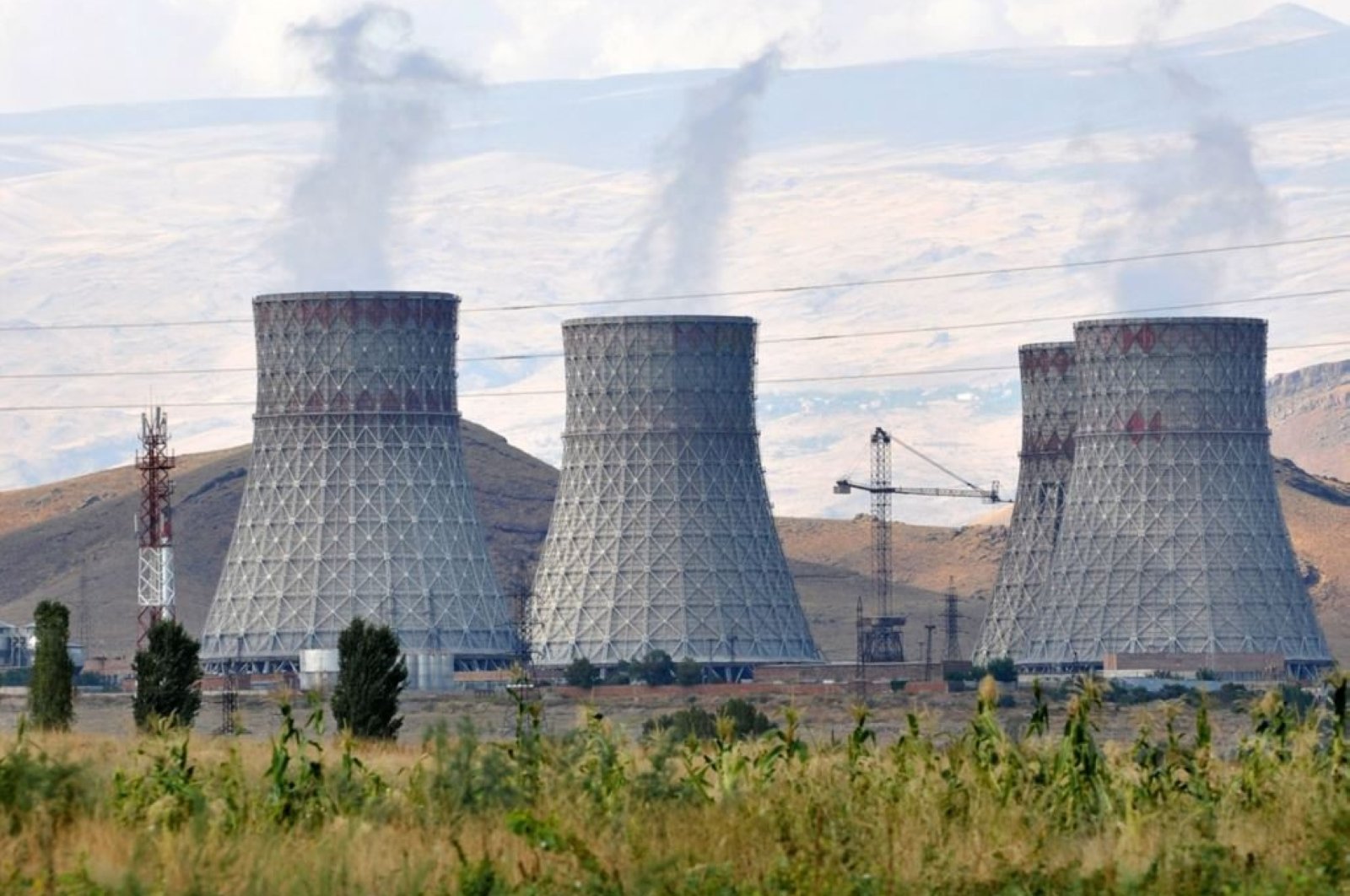The twentieth century has proved to be a crucial milestone in this regard, but with the advent of new technology, the sinister nature of humans came into being and as far as radioactive exposure is concerned, we humans have created some of the most hazardous places on Earth with a high level of radiation.
With the advancement of science and technology, the human race has taken a giant leap in almost every field. From medicine to engineering, there has been a constant turmoil that seems to engage mankind by encompassing their mind for the next degree of innovation. The twentieth century has proved to be a crucial milestone in this regard, but with the advent of new technology, the sinister nature of humans came into being which was quite palpable during the 1945 Hiroshima nuclear attacks.
In the hindsight, we all have been quite lucky that our day-to-day exposure to such radioactive – nuclear-affected places remains abysmal. But, on the other hand, it is also quite true that nuclear exposure from the sun remains at a considerable level as we go out. As far as radioactive exposure is concerned, we humans have created some of the most hazardous places on Earth with a high level of radiation.
Fukushima Daini Nuclear Power Plant, Japan
This nuclear power plant is one of the world’s most radioactive places. During the 2011 tsunami after an earthquake of 9.1 magnitudes, the plant’s seawater pumps failed to function as the plant could not resist the tsunami which was twice its capacity of resistance. As a consequence, reactors were not kept cool for a longer period of time, and then finally, the spillover of radioactive material took place in and around the plant in the Pacific Ocean.
Chernobyl Nuclear Power Plant
The infamous Chernobyl accident that took place in 1986 led to the horrendous catastrophic situation across the swathes of the USSR and Europe. The accident took place during the inspection of the plant in the night when the plant’s actual safety system got deactivated leading to the release of massive plumes of radioactive material into the atmosphere.
Hanford Site, Washington, USA
The Hanford Site in Washington was a crucial site during the cold war for the country as it was used to store large amounts of Plutonium worth 60,000 nuclear weapons. This site was also used to produce nuclear bombs which were used during the world-war on Nagasaki. As of now, the plant has long been shut but the area remains highly polluted by radioactive material. Besides, the underground water is also severely contaminated – which makes it highly unfit for living beings to stay in such a place.
Sellafield, United Kingdom
Sellafield’s nuclear plant was yet gain used for producing nuclear weapons for the country during the cold war. It was also the first-ever power plant used for electricity generation but now has been completely shut. Regardless of it, the plant releases radioactive waste worth nine million liters on a daily basis into the Irish sea making it the world’s most radiation polluted ocean.
Church Rock Uranium Mill, New Mexico
In 1979, a major accident led to the spillover of gallons of radioactive acidic material along with tons of radioactive solid waste into the Puerco River. Since then the region is highly contaminated spreading across an area of 130 km while even reaching the far-flung parts of Arizona.
Mailuu-Suu, Kyrgyzstan
Unlike other aforementioned places, Mailuu-Suu was neither a nuclear power plant nor a nuclear weapon production facility. It was rather an ore rich in uranium. That’s why the Soviet Union did exploit it to excavate uranium for the production of nuclear-related weapons in the cold war. Soon after the process, they did leave the highly radioactive material on the site which has so far contaminated the ground and might pollute the nearby rivers as well.

